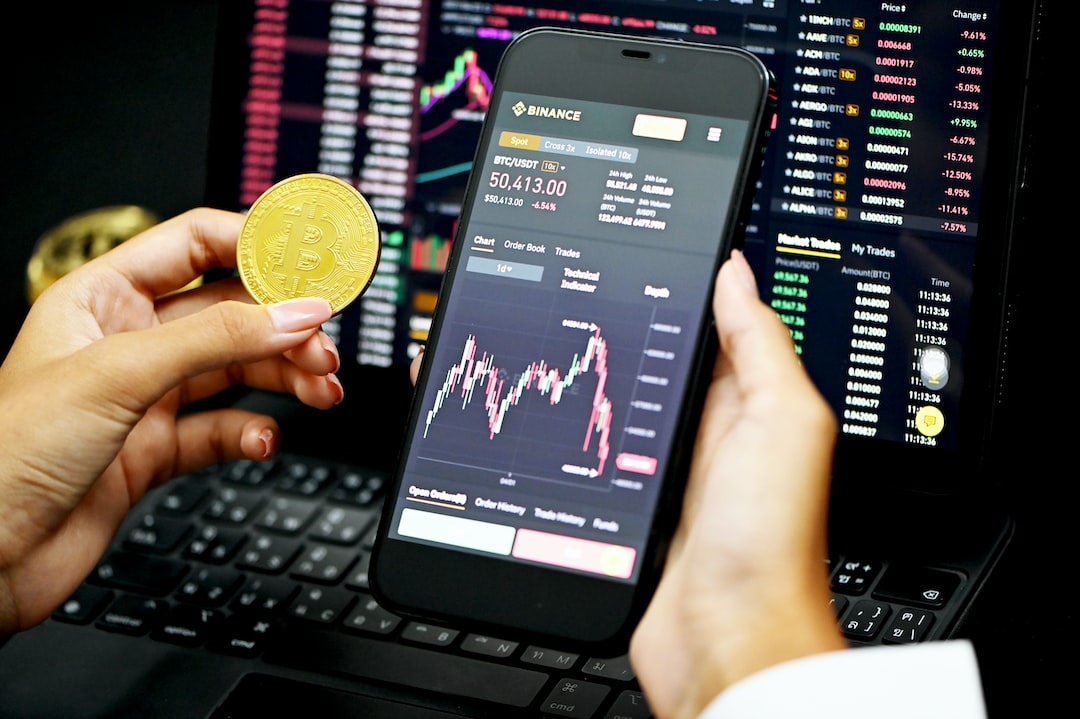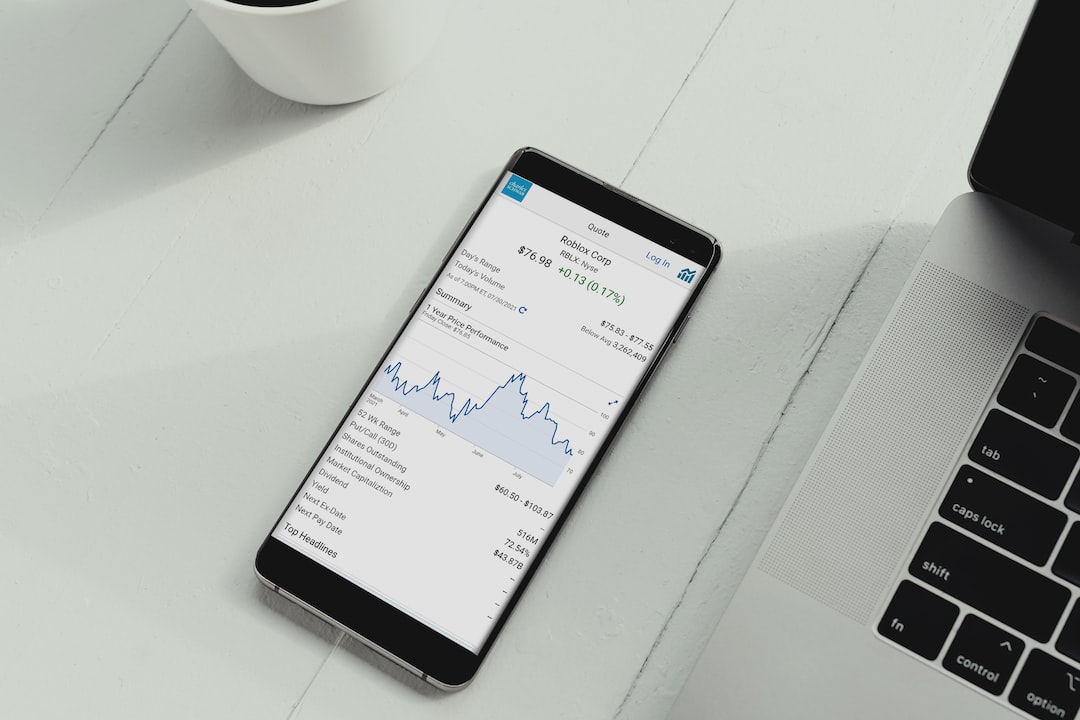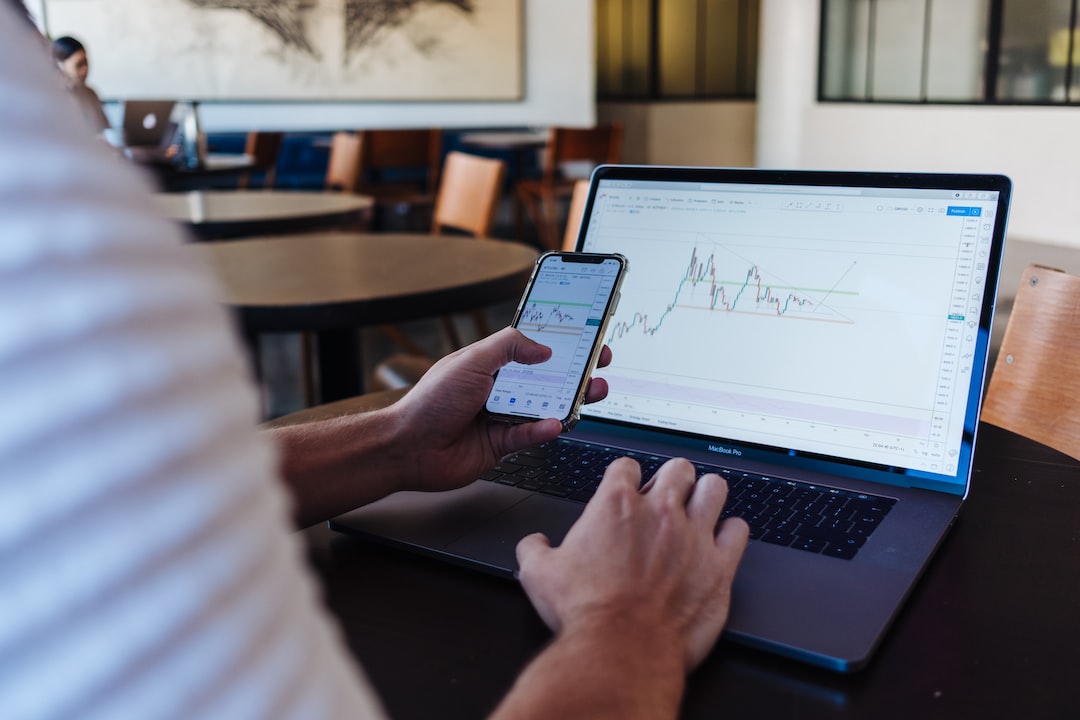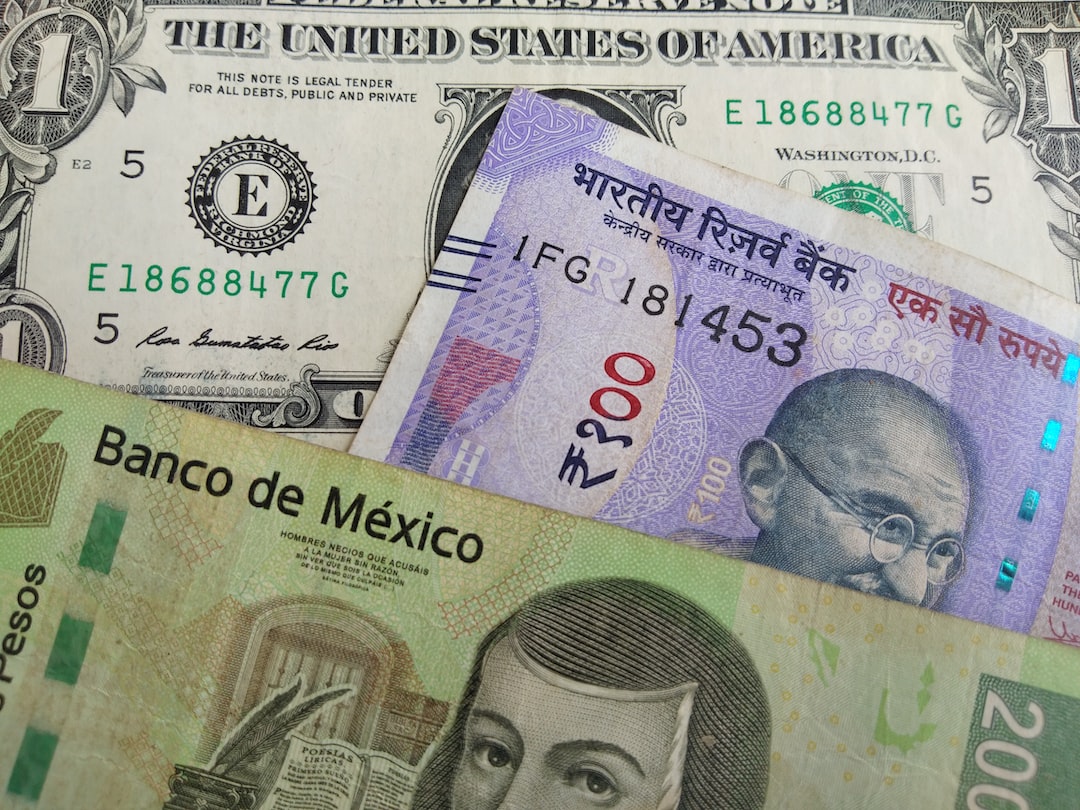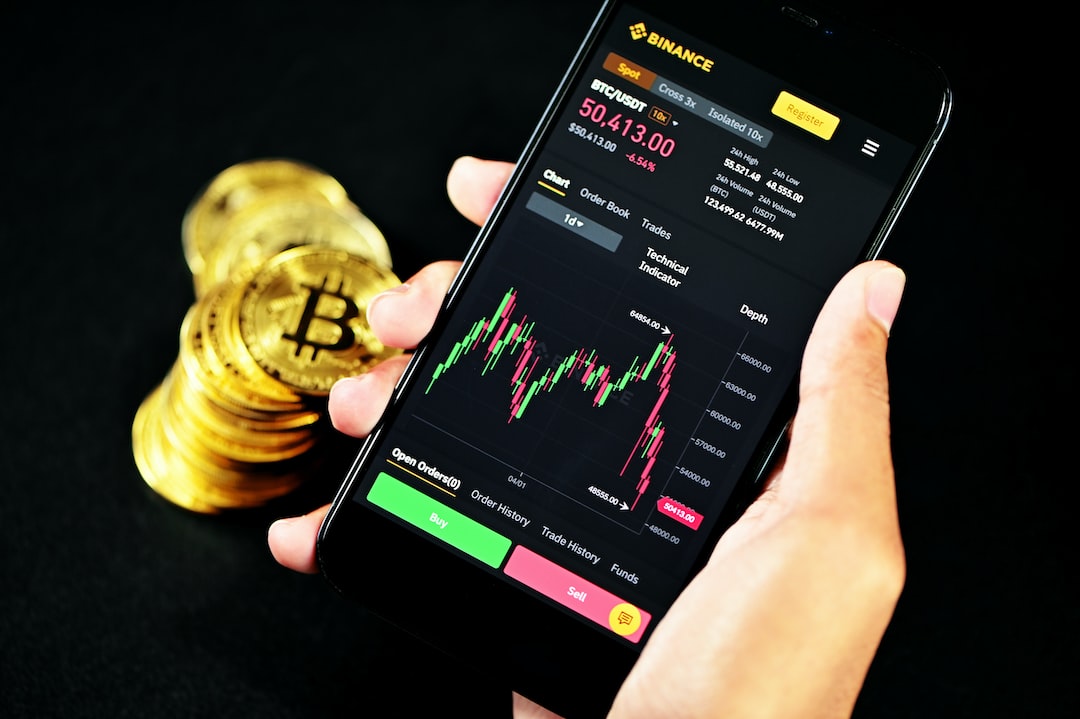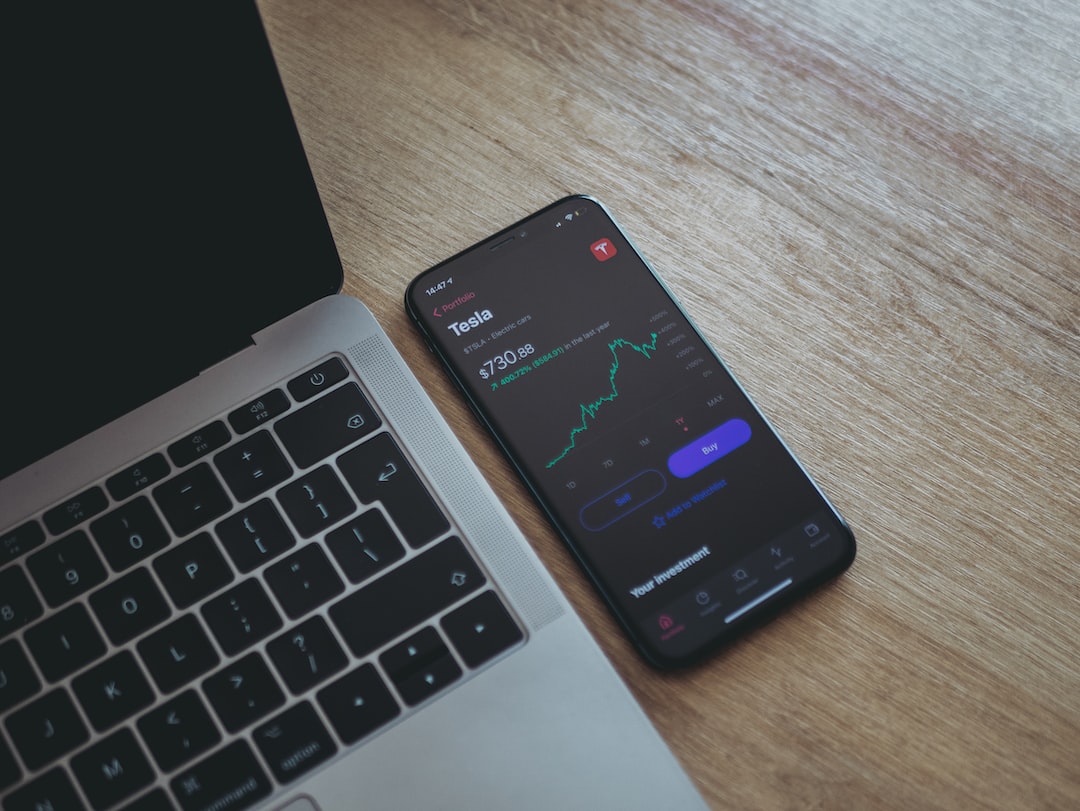Emerging Market Currencies: Are They the Best Choice for Forex Trading?
The foreign exchange market, also known as forex, is the largest and most liquid financial market in the world. It offers traders the opportunity to profit from fluctuations in currency exchange rates by buying and selling different currencies. While major currency pairs such as the US dollar, euro, and Japanese yen dominate the market, emerging market currencies have been gaining attention in recent years. However, the question remains: are they the best choice for forex trading?
Emerging market currencies refer to the currencies of developing countries, which often have smaller economies and less stable political and economic environments compared to major economies. Examples of emerging market currencies include the Brazilian real, South African rand, Turkish lira, and Indian rupee. These currencies can offer attractive opportunities for forex traders due to their potential for higher volatility and larger price movements.
One of the main reasons why traders may consider trading emerging market currencies is the potential for higher returns. As these currencies are influenced by a variety of factors such as economic growth, political stability, and commodity prices, they can experience significant price fluctuations. For traders who are skilled at analyzing and predicting these factors, trading emerging market currencies can provide opportunities for substantial profits.
Moreover, emerging market currencies often have lower liquidity compared to major currencies. This means that there may be less competition and more room for traders to take advantage of market inefficiencies. This can lead to greater profit potential for those who are able to navigate the market effectively.
However, it is important to note that trading emerging market currencies also comes with its own set of risks. These currencies are more susceptible to sudden changes in market sentiment and can be highly volatile. Political instability, economic crises, and currency devaluations can all have a significant impact on the value of these currencies. Traders must be prepared to manage and mitigate these risks through risk management strategies such as stop-loss orders and proper position sizing.
Another challenge when trading emerging market currencies is the lack of reliable information and data compared to major currencies. Major economies have more developed financial markets and greater transparency, which makes it easier for traders to access and analyze relevant information. In contrast, emerging market currencies may have limited data availability, making it more difficult to make informed trading decisions. Traders must be willing to put in extra effort to gather and analyze information from various sources.
Additionally, emerging market currencies can be subject to government intervention and capital controls. Governments in these countries may implement policies to stabilize their currencies or restrict the movement of capital in and out of the country. These measures can create uncertainties and potentially disrupt trading strategies. Traders need to stay updated on political developments and policy changes that may impact the value of these currencies.
In conclusion, while emerging market currencies offer enticing opportunities for forex traders, they also come with unique challenges and risks. Traders must carefully consider their risk tolerance, trading strategy, and ability to gather and analyze information before venturing into trading these currencies. It is recommended to gain a thorough understanding of the specific factors that influence each currency and to practice trading with a demo account before committing real funds. By doing so, traders can make informed decisions and potentially reap the rewards of trading emerging market currencies in the forex market.


















